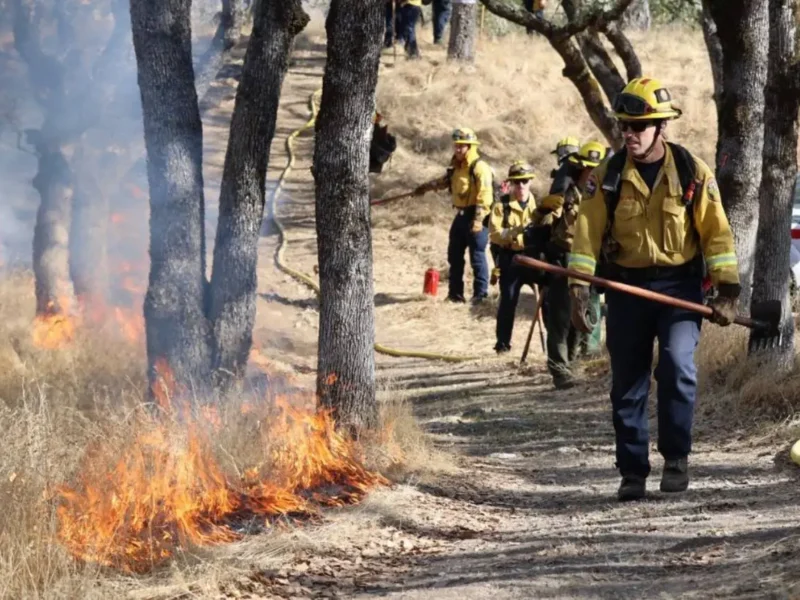
US Offshore Wind Faces Setbacks
Photo: Dennis Schroeder, National Renewable Energy Laboratory, DoE
India-West News Desk
WASHINGTON D.C– The momentum behind U.S. offshore wind energy has slowed, as economic pressures and renewed political opposition castuncertainty over the sector’s future.
Once a key pillar of former President Joe Biden’s climate agenda, offshore wind was promoted as a job-creating, economy-boosting solution to climate change, Reuters noted. But in 2023 and 2024, energy companies began scaling back or canceling projects due to soaring construction costs, high interest rates, and persistent supply chain issues.
Adding to industry woes, President Trump halted new offshore wind leasing on his first day back in office in January. Analysts told Reuters no new projects—beyond those already under construction—to advance in the near term. Even ongoing builds are not entirely safe. A review of lease agreements and an April 23 litigation update on environmental clearances signal further scrutiny.
Jefferies analysts warned that the fledgling U.S. offshore wind industry is “precariously positioned,” citing Dominion Energy’s $10.7 billion Coastal Virginia Offshore Wind project as especially vulnerable. The project faces legal challenges alleging that its environmental review failed to adequately assess cumulative risks to marine life, including the endangered North Atlantic right whale.
Dominion, aiming to deliver first power by late 2025, Reuters reports, remains confident, stating it will respond to the court in May.
Elsewhere, delays persist. In New York, Community Offshore Wind awaits approvals for its construction timeline. In Massachusetts and Rhode Island, utilities have pushed back offshore wind contract signings from March to June, citing complex multi-state negotiations and federal policy uncertainty.
Despite headwinds, four commercial offshore wind projects remain under construction, with service dates stretching to 2027. Several more are in advanced development, though timelines remain fluid.
With regulatory reviews looming and investor confidence shaken, the future of offshore wind in the U.S. hinges not just on economics, but on politics.




